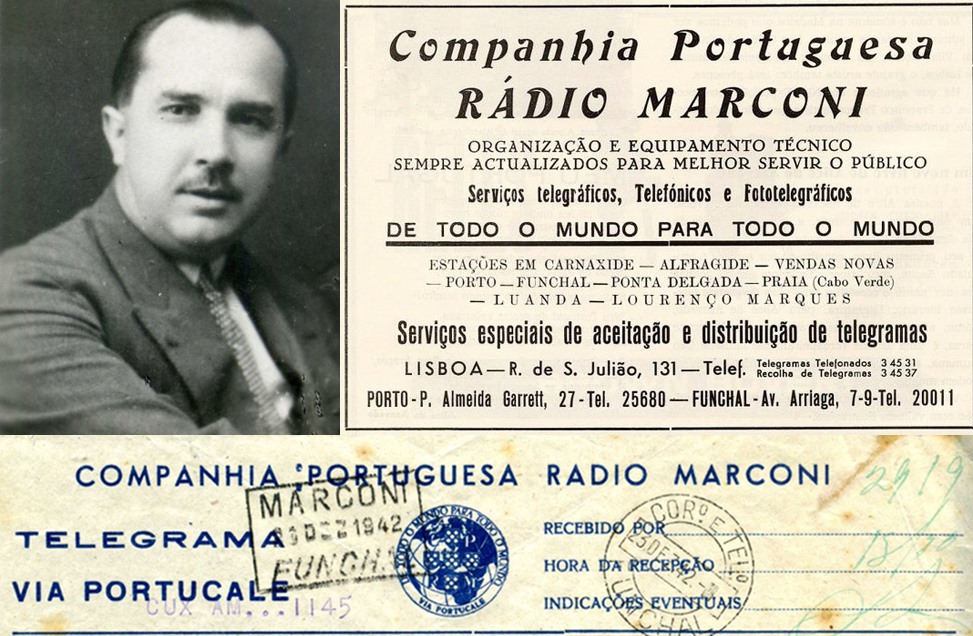The end of the 19th century and the early decades of the 20th century were noticeable by a succession of inventions that altered the daily lives of populations? Just as the invention of the automobile (1885), the airplane (1903), the wireless telegraph (1896) and the telephone (1876) shortened distances and reduced isolation, the electric generator (1867) and the electric light bulb (1879) changed comfort standards, the gramophone (1887), photographic film (1884) and cinema (1895) promoted new forms of leisure and representation of reality. Simultaneously, the Microbe Theory (1878), the isolation of the tuberculosis bacillus (1882), the rabies vaccine (1885) and the X-ray (1895) extended the average life expectancy.
It was in this period of technological effervescence that Dr. Frederico de Freitas (1894-1978) was born and lived his early years. It is not surprising, therefore, that he was a citizen prone to innovation.
Interestingly, on 15 December 1926, on the day of his 32nd birthday, the first wireless transmission services (WTS) to link Madeira with the outside world was inaugurated. Diário de Notícias (Funchal, 16/12/1926) referred to the event saying that “The services of the Rádio-Marconi stations were officially inaugurated, this ceremony being attended by the foreign minister and the minister for the colonies”.
Marconi’s Wireless Telegraph Company, Ltd. was able to overcome the distance barrier, crossing the Atlantic in December 1901. In July 1925, Companhia Portuguesa Rádio Marconi started the preparatory activity for wireless communications between Portugal and the rest of the world. In the following year, the first circuits that connected the Continent, the Azores and Madeira via radio, were inaugurated.


